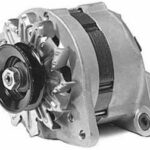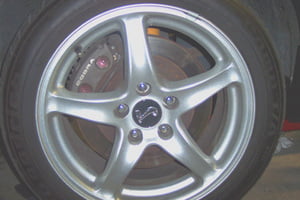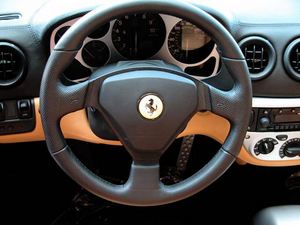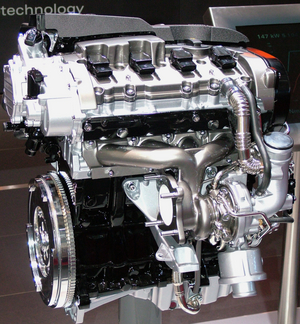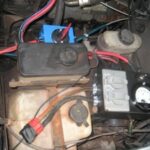If you notice a squeal from beneath the hood of your vehicle, chances are you have a loose or damaged drive belt. They power the water pump, air conditioning, power steering, alternator, power brakes, and other accessories. Some vehicles operate on one long serpentine belt, while others run on a two-belt system. Whether your vehicle runs on one or two, if a drive belt should happen to break, certain components may fail to operate. Check your belts on a regular basis and replace them when necessary to keep your vehicle and its components running smoothly at all times.
Don’t rely on an oil change service centers to check your drive belts. If a business isn’t equipped to replace drive belts, don’t count on them noticing a problem. Many service centers will point out obviously worn components as a service to their customers, but they don’t routinely inspect them as part of their regular service. You don’t have to hire an auto mechanic to check, tighten, or replace your drive belts. You can check and replace drive belts without assistance or great expenditure.
Safety Precautions
Before inspecting belts, always turn off the engine. Also, never work around an electric fan if the engine isn’t completely cool. To be absolutely sure the fan won’t engage, disconnect it before you check drive belts, or perform any other type of work under the hood of your vehicle.
Wear Inspection
Don’t wait until your belts begin squealing before inspecting them for wear. Make it a point to check them each time you change your oil to ensure they’re in good condition. Taking the time to check the tension and condition of belts will ensure you’re vehicle is always ready to run when you are. Driving a vehicle with worn belts is never worth the risk.
Tiny cracks in grooves are normal, but deep fissures, splits, and frayed edges are not. If a belt is glossy in appearance or if sections are missing, you should replace it right away. Replace multi-groove varieties that are missing segments across 2 or more ribs as soon as possible.
Check the Tension
Proper tension is necessary for belts to function properly, and you should check this on a regular basis. It’s helpful to have a tension gauge, but it isn’t necessary. Simply press the belt with your finger, halfway across the suspended area. If a belt can be depressed more than ½ of an inch but it appears to be in otherwise good condition, adjust the tension accordingly with the tension adjuster.
You’ll find the location of the tension adjuster by consulting the diagram on the cooling fan cover. This diagram will also come in handy when replacing worn belts. You’ll easily be able to remove and replace them according to the directions on the diagram.
How to Remove Belts
Removal simply involves releasing the tension and slipping the old belt from around the pulleys. There are a few common ways to loosen the tension to remove it. The method you use will depend on the types of brackets and hardware holding the accessory in place.
A belt-driven accessory bolted to a slit bracket can be loosened and slid toward the motor to reduce the tension and facilitate removal of the belt. After a new belt is in place, the accessory can be moved back to the location that provides just the right amount of tension.
An accessory held with a jackscrew allows a part to be moved on a sliding bracket toward or away from a stationary bracket. Simply loosen the locknuts or bolts, and twist the jackscrew to move the accessory.
If an accessory bracket is equipped with a square hole, a ratchet wrench can be used as a lever to move it. A socket wrench will work as a lever to move an accessory held with a hex head, and those without a hex head or a square hole can be moved with a crowbar.
Belt Replacement
Don’t try to guess the length of the belt you’ll need. They are available in many different lengths and shapes. Save time and trouble by taking the old one to the auto part store. More than likely, the old belt is stretched, and the new one will be a little shorter. As long as it isn’t longer and is as close to the correct size as possible, it will work.
Slip the new belt on according to the diagram, secure the accessories, and adjust the tension regulator. Start the vehicle, turn on the air conditioning, and listen for squealing. If everything sounds good, the tension is probably correct. Check for squealing a few days later, and if a belt has loosened, tighten it as necessary. However, be careful not to over tighten the belt. A belt that is too tight can damage the pulleys.
